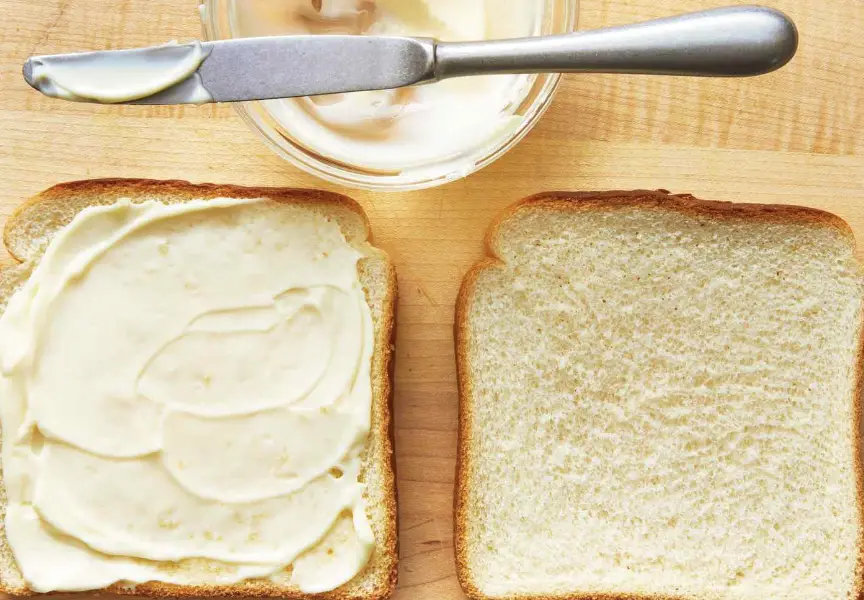
The Birth of Mayonnaise: Unraveling the Enigmatic History of a Beloved Condiment
Mayonnaise, the creamy and tangy condiment that has become a staple in kitchens around the world, has a fascinating history that spans centuries. Though its exact origin remains shrouded in mystery, the story of how mayonnaise came to be is a tale of culinary ingenuity and innovation. In this blog post, we’ll embark on a journey through time to unravel the enigmatic history of mayonnaise and explore the theories behind its invention.
The French Connection:
One of the most widely accepted theories about the invention of mayonnaise points to its French roots. The word “mayonnaise” is believed to be derived from the French word “maisonnaise,” meaning “made in the style of a house.” This name suggests that mayonnaise was likely a homemade creation.
Legend has it that the Duke of Richelieu, a French military leader in the 18th century, played a role in the condiment’s origin. During the siege of Port Mahon in Menorca, the Duke’s chef created a sauce using eggs and oil to celebrate their victory. This sauce was said to have been similar to modern-day mayonnaise and was later popularized in France as a tribute to the Duke’s success.
The Spanish Influence:
Another theory traces the origins of mayonnaise back to Spain. A popular Spanish dish called “salsa mahonesa” is believed to be a precursor to mayonnaise. The sauce was named after the Spanish city of Mahón in Menorca, where it was enjoyed by locals. It is said that the recipe for this sauce was brought to France by the French chef of the Duke of Richelieu, further intertwining the French and Spanish connections to mayonnaise.
The Enlightenment of Egg and Oil:
Regardless of its precise origin, what we know for certain is that mayonnaise was created through the ingenious combination of two key ingredients – eggs and oil. The process of emulsification, where these ingredients are combined to form a stable mixture, is at the heart of mayonnaise-making.
Traditionally, mayonnaise is made by whisking egg yolks and slowly adding oil until the mixture thickens and emulsifies. Over time, variations of the original recipe have emerged, with the addition of vinegar, lemon juice, and seasonings to enhance the flavor profile.
Mayonnaise Around the World:
As mayonnaise gained popularity in France, it quickly spread to other parts of Europe and beyond. It made its way to the United States in the 19th century, where it found its place as a beloved condiment for sandwiches, salads, and various dishes.
Today, mayonnaise is a culinary icon that transcends borders and cultures. It has become an integral part of global cuisines, featuring prominently in dishes from Japan’s Kewpie mayonnaise to Peru’s spicy and tangy “aji mayonnaise.”
Conclusion:
The invention of mayonnaise remains a historical enigma, but one thing is clear – it is a condiment that has captured the hearts and palates of people worldwide. Whether you prefer the classic homemade version or indulge in the various store-bought variations, mayonnaise continues to be a beloved addition to countless dishes, adding a creamy and delectable touch to our culinary experiences. So, the next time you reach for that jar of mayonnaise in your kitchen, take a moment to appreciate the rich history and the culinary genius behind this iconic and versatile condiment.






